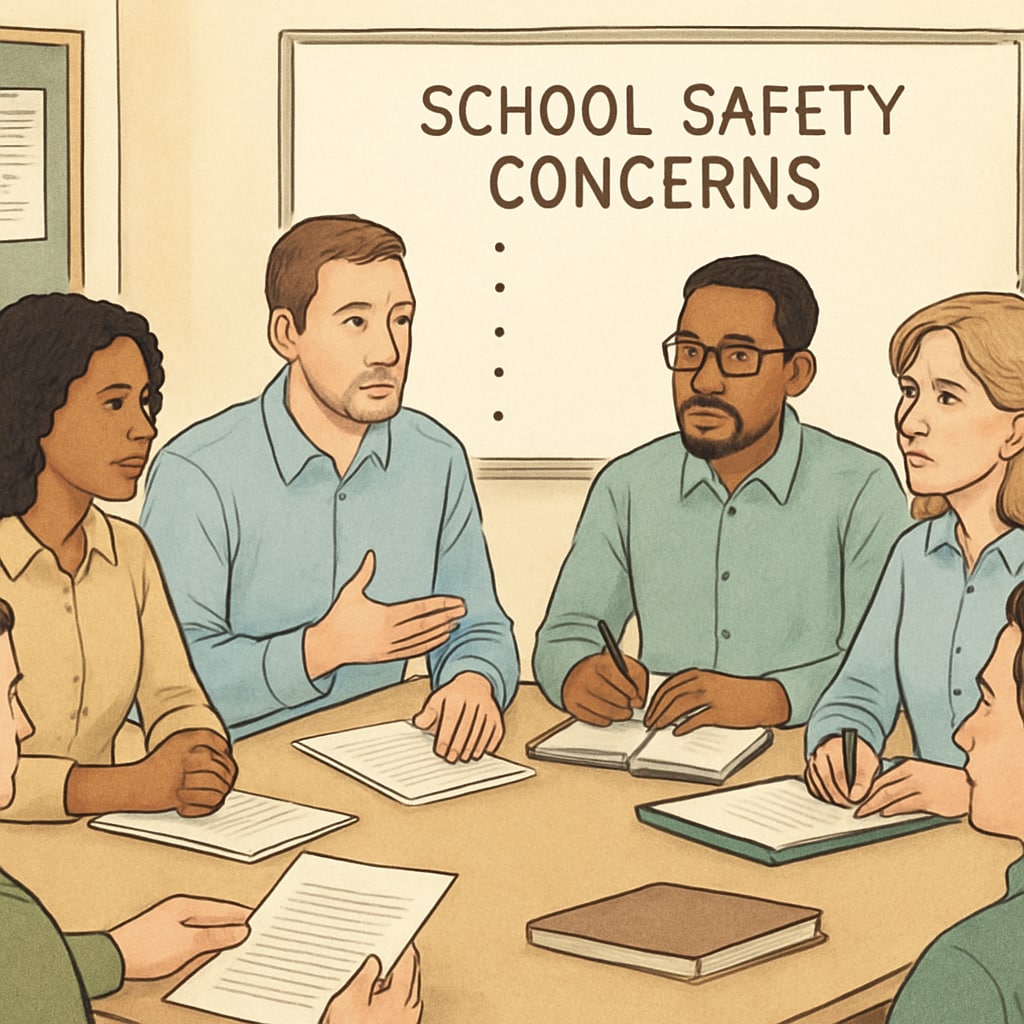In recent years, the issue of appointing individuals with a history of child abuse to school boards has raised alarm in communities worldwide. The intersection of school governance, child safety, and community action highlights a significant challenge: how can schools ensure leadership integrity while protecting students from potential harm? This article delves into the importance of thorough background checks for school board members, examines real-world community responses, and offers practical solutions to safeguard students.
The Importance of Vetting School Board Members
School boards play a critical role in shaping education policies, overseeing budgets, and ensuring students receive a safe and nurturing learning environment. However, the presence of a board member with a history of child abuse fundamentally undermines this mission. To address this, rigorous vetting processes are essential.
Proper background checks allow schools to identify potential red flags in a candidate’s history. For instance, criminal records, allegations, or other concerning behaviors can be reviewed to assess their suitability for roles involving children. Without these measures, schools risk exposing students to individuals who may not have their best interests at heart.

Moreover, clear policies must define the criteria disqualifying candidates from serving on school boards. These guidelines should include transparency and accountability, ensuring that all stakeholders—from parents to educators—are informed about the selection process.
Community Concerns: A Call to Action
When news of a school board member’s abusive past surfaces, community reactions are often swift and emotional. Parents, teachers, and students may feel betrayed by the system meant to protect them. However, community action can transform this frustration into meaningful change.
For example, organizing town hall meetings allows concerned citizens to voice their opinions and propose solutions. Petitions demanding the removal of unfit board members can also demonstrate collective disapproval. Activists may even lobby for legislative changes to tighten regulations surrounding school board appointments.
In some cases, communities have successfully pushed for the resignation of controversial board members. By leveraging media coverage and public pressure, these efforts ensure that the focus remains on protecting vulnerable students. For detailed examples of community action, check out Child Protection on Wikipedia.

Solutions for a Safer Future
Preventing such issues in the future requires a multifaceted approach. Schools, governments, and communities must collaborate to create robust safeguards. Here are some actionable measures:
- Mandatory Background Checks: Implement universal background screening for all school board candidates.
- Policy Reforms: Update regulations to disqualify individuals with child abuse records from holding educational leadership positions.
- Transparency Initiatives: Make candidate histories accessible to the public before elections or appointments.
- Community Oversight Committees: Form groups of parents and educators to monitor school board activities and decisions.
In addition, educational institutions must foster a culture of accountability. By prioritizing student safety over politics or personal connections, schools can rebuild trust and ensure their leadership aligns with their mission.
Balancing Leadership and Safety
While leadership experience is a valuable asset for school board members, it should never come at the expense of student safety. Balancing these priorities requires vigilance, transparency, and a commitment to ethical governance.
Communities have a vital role to play in this process. By staying informed, engaging in dialogue, and advocating for change, they can help create an environment where students feel secure and supported. For further reading, visit Child Abuse on Britannica.
Ultimately, protecting children must always remain the top priority. With proactive measures and unified community efforts, we can ensure that our schools remain places of learning, growth, and safety for future generations.
Readability guidance: The article uses concise paragraphs, clear transitions, and actionable recommendations. Lists are included for clarity, and the tone emphasizes collaboration and solutions.


